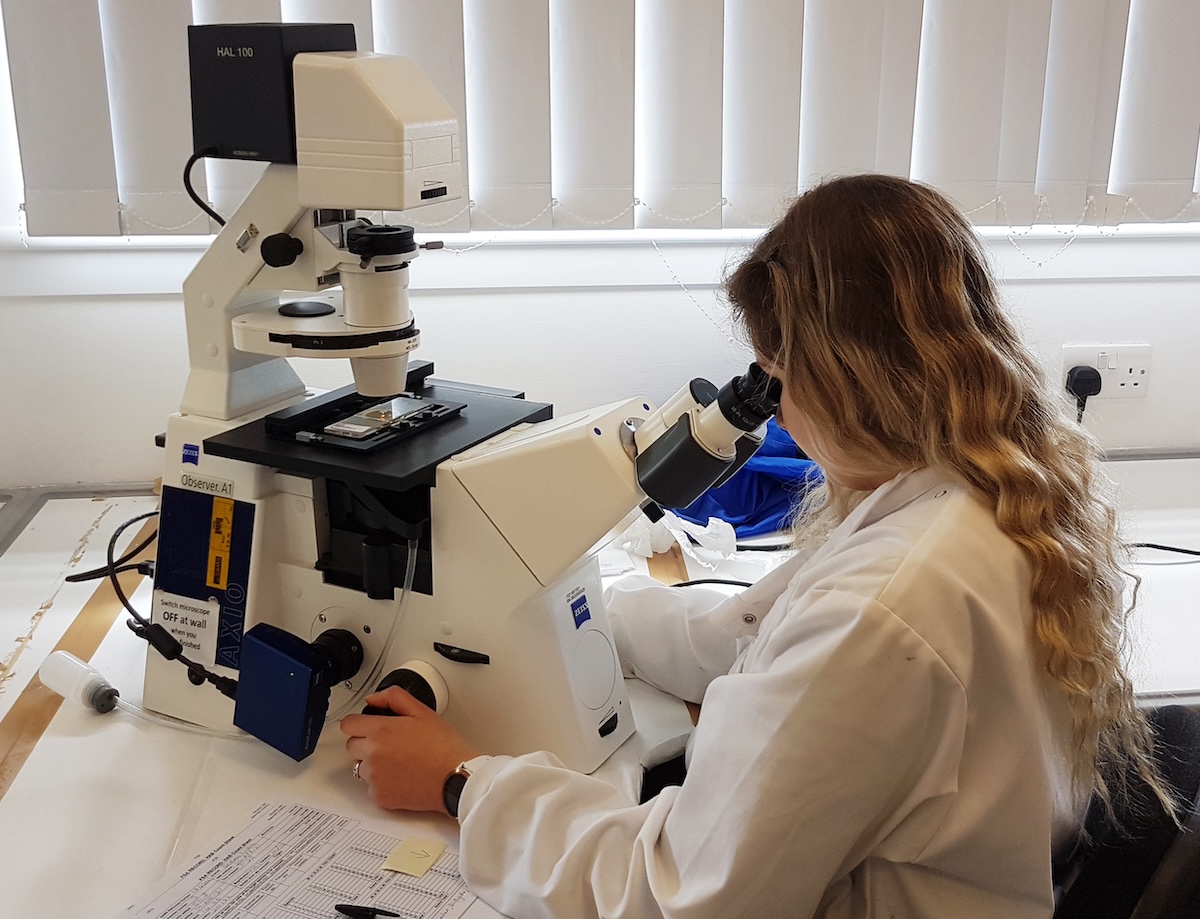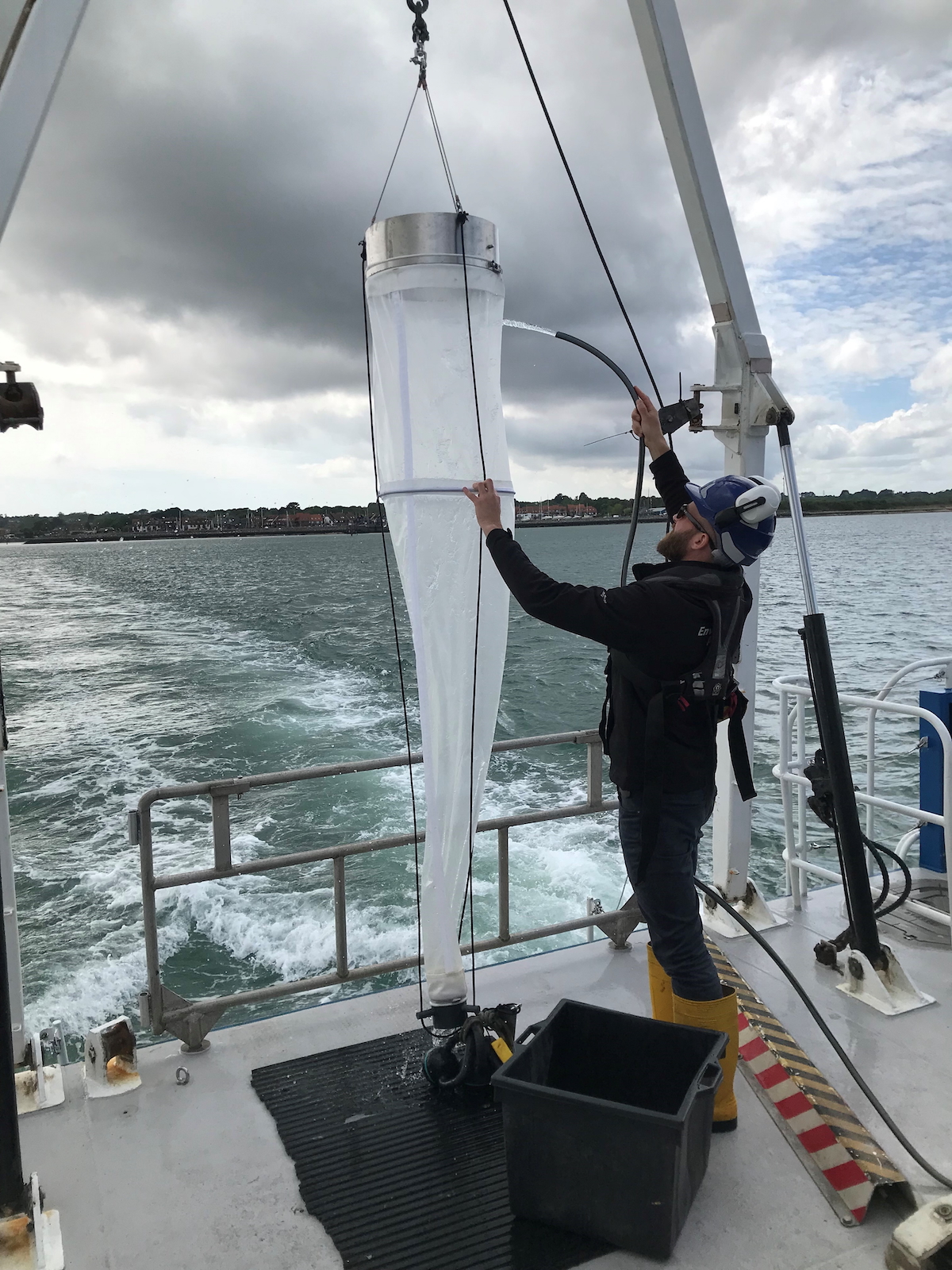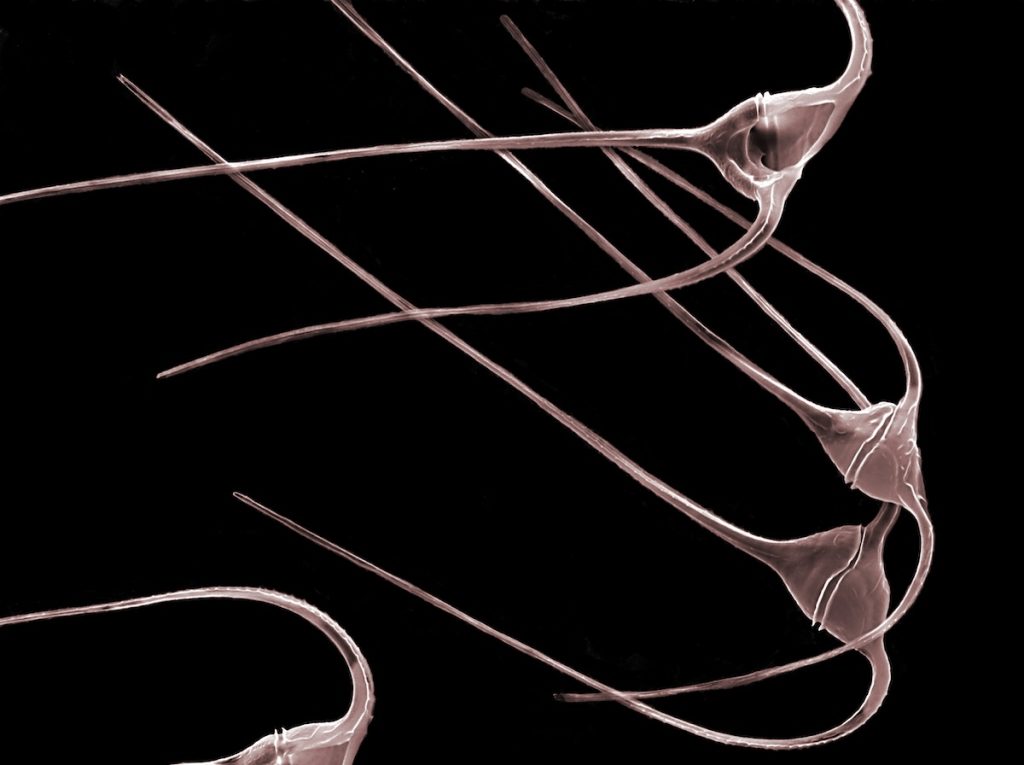

Plankton are a diverse collection of organisms including phytoplankton (plankton capable of photosynthesis), zooplankton (animal plankton), and bacterioplankton (bacteria).
Plankton are often called the drifters of the oceans as they have limited ability to propel themselves.
They range over many sizes, and whilst the majority are very small, and not able to be seen by the human eye, they also include large organisms such as jellyfish.
As the base of the food web, plankton provide a crucial food source, directly and indirectly, to many small and large animals from fish to whales. Observing and understanding plankton is key to assessing the health of the marine environment.
The total number of individual plankton (their abundance) and different plankton species (their community structure) are sensitive to pressures such as climate change and marine pollution. Plankton abundance and community structure often respond quickly to these pressures.
This makes them good indicators for the status of the marine environment. For example, plankton indicators are used at the UK scale in the UK Marine Strategy and within the 25 Year Environment Plan at a regional sea scale for OSPAR.




To overcome some of these challenges, we now consider pelagic habitats in the context of the human dimension, representing a new way of thinking which is now central to all the work this expert group produces.
Every person in the world has a stake in the health of pelagic habitats in coastal and marine waters, since they provide the main source of energy available to the marine food web, sustaining every form of marine life, including virtually all of the products we obtain from the sea, as well as the oxygen we breathe.
Valuing plankton in this context forms part of the natural capital approach, which supports understanding the value of nature and how much we rely on healthy ecosystems to provide the goods and services that support human health and wellbeing.
Managing this natural capital in a sustainable manner will deliver significant value for society, and the understanding and acceptance of natural capital approaches is an increasing focus of sustainable marine management and policy.